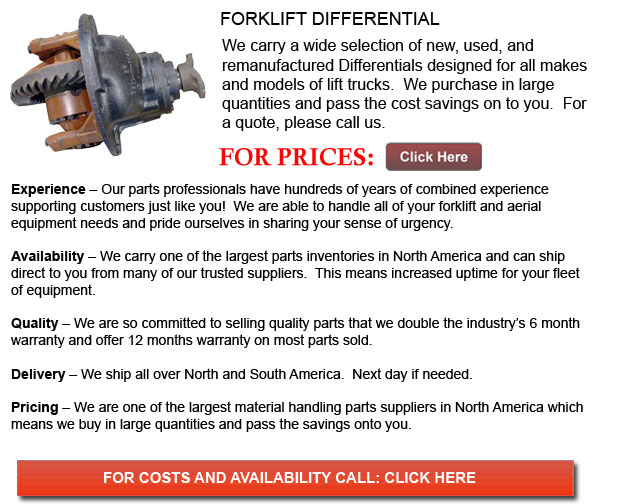
Forklift Differential - A differential is a mechanical machine which can transmit torque and rotation via three shafts, often but not all the time using gears. It often functions in two ways; in cars, it provides two outputs and receives one input. The other way a differential operates is to put together two inputs to be able to produce an output that is the average, difference or sum of the inputs. In wheeled vehicles, the differential allows each of the tires to rotate at various speeds while providing equal torque to all of them.
The differential is intended to power the wheels with equivalent torque while also allowing them to rotate at various speeds. When traveling around corners, the wheels of the cars would rotate at different speeds. Some vehicles such as karts operate without utilizing a differential and use an axle as a substitute. If these vehicles are turning corners, both driving wheels are forced to spin at the identical speed, normally on a common axle which is driven by a simple chain-drive mechanism. The inner wheel must travel a shorter distance as opposed to the outer wheel when cornering. Without a differential, the outcome is the outer wheel dragging and or the inner wheel spinning. This puts strain on drive train, resulting in unpredictable handling, difficult driving and damage to the roads and tires.
The amount of traction required in order to move the automobile at whatever given moment depends on the load at that moment. How much drag or friction there is, the car's momentum, the gradient of the road and how heavy the automobile is are all contributing factors. Amongst the less desirable side effects of a traditional differential is that it could reduce traction under less than perfect circumstances.
The end result of torque being supplied to each and every wheel comes from the transmission, drive axles and engine applying force against the resistance of that traction on a wheel. Normally, the drive train would provide as much torque as needed unless the load is very high. The limiting element is usually the traction under each wheel. Traction can be interpreted as the amount of torque that could be generated between the road exterior and the tire, before the wheel begins to slip. The automobile would be propelled in the intended direction if the torque utilized to the drive wheels does not exceed the threshold of traction. If the torque utilized to each and every wheel does exceed the traction limit then the wheels will spin incessantly.
![]() Click to Download the pdf
Click to Download the pdf
Forklift Parts
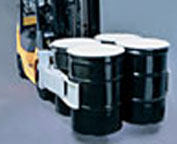
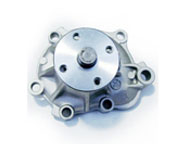
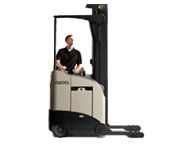
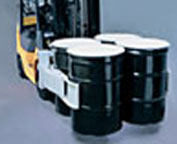
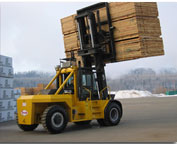
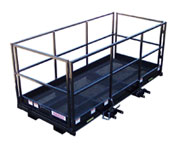
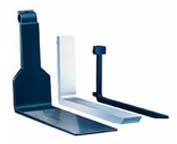
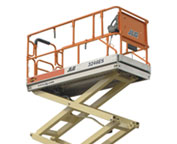
Lift Parts Express
TOLL FREE: 1-888-695-7994
Fort McMurray, Alberta
forkliftpartsfortmcmurray.ca
Email Us
About Us


